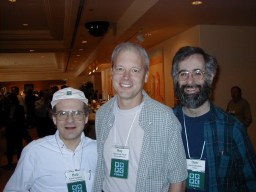
Full image, 14,700 bytes
(approx. 5 sec to load@28.8)

Cropped, 7,900 bytes
(approx 2.5 sec@28.8)
| To maximize use of bandwidth and minimize page load time |

Full image, 14,700 bytes
(approx. 5 sec to load@28.8)
|

Cropped, 7,900 bytes
(approx 2.5 sec@28.8)
|
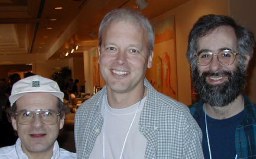

| Showing detail or zooming by cropping |
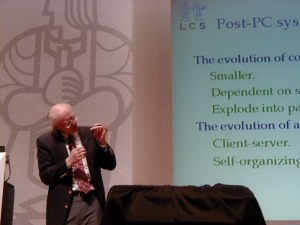
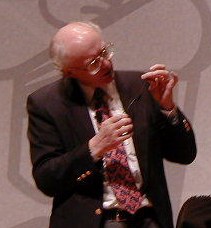
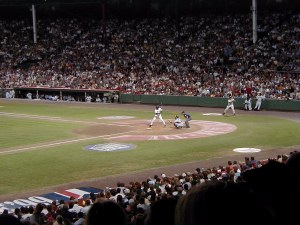
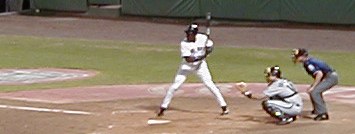
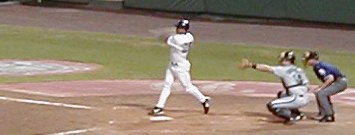
| Extracting pictures by cropping |
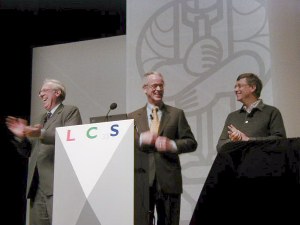
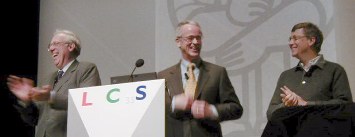
 |
 |
 |
The president made a joke relating to the keynote
|
The speaker was quite amused
|
The Master of Ceremonies was very pleased
|
| Greater impact by cropping |
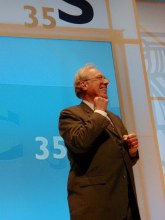
Full picture
|

Cropped picture
|